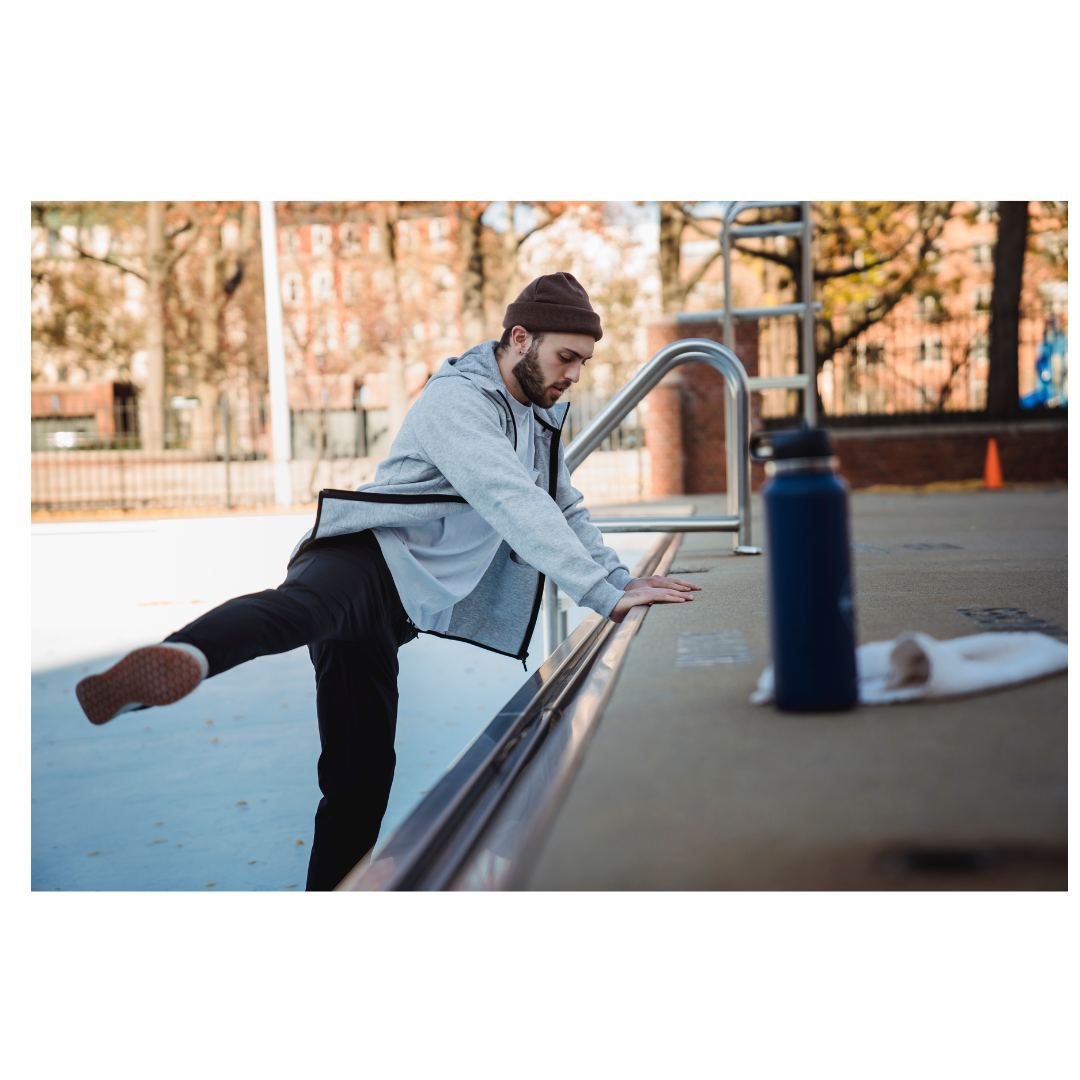
5 Essential Warm-Up Routines to Prevent Sports Injuries
Vithujan “V” Thangeswaran, Physiotherapist

Whether you’re a seasoned athlete or just starting your fitness journey, proper warm-ups are crucial for performance and injury prevention. As a physiotherapist, I’ve seen countless injuries that could have been avoided with a few minutes of thoughtful preparation. Let’s dive into five essential warm-up routines that will help you stay safe and perform at your best.
1. Dynamic Stretching
Dynamic stretching is a fantastic way to prepare your muscles and joints for activity. Unlike static stretching, which you hold in one position, dynamic stretches involve controlled movements through a full range of motion. These help improve flexibility, increase blood flow, and activate the nervous system.
Examples:
- Leg Swings: Swing each leg forward and backward, then side-to-side.
- Arm Circles: Perform large circles with your arms to loosen your shoulders.
- Walking Lunges: Step forward into a lunge, alternating legs.
2. Cardiovascular Warm-Up
Getting your heart rate up is essential to increase circulation and warm your muscles. This can be as simple as 5-10 minutes of light aerobic activity.
Examples:
- Jogging in Place: A quick and easy way to get moving.
- Jumping Jacks: A full-body movement that’s effective and fun.
- Skipping Rope: Great for coordination and elevating your heart rate.
3. Joint Mobilization
Your joints are the foundation of movement, so ensuring they’re ready for action is key. Focus on mobilizing major joints like the hips, knees, and shoulders.
Examples:
- Hip Circles: Stand on one leg and draw circles with your lifted knee.
- Ankle Rolls: Rotate your ankles in both directions to improve flexibility.
- Cat-Cow Stretch: Alternate between arching and rounding your back to mobilize the spine.
4. Sport-Specific Movements
Tailoring your warm-up to the activity you’re about to perform can make all the difference. Mimic the movements of your sport or exercise at a lower intensity to prepare your body for what’s coming.
Examples:
- Shadowboxing for combat sports
- Light Dribbling and Shooting for basketball players
- Swing Practice for golfers
5. Core Activation
Your core is the powerhouse of your body, providing stability and support for almost every movement. Engaging your core before exercise helps prevent injuries.
Examples:
- Plank Holds: Maintain a straight line from head to heels.
- Bird Dogs: Extend opposite arm and leg while balancing on hands and knees.
- Dead Bugs: Lie on your back, extend one arm and the opposite leg, and alternate.
Final Thoughts
Warm-ups are an integral part of any workout or sports session. They not only reduce the risk of injury but also improve performance by preparing your body and mind for action. Set aside 10-15 minutes before every activity to go through these routines, and you’ll be setting yourself up for success.
Remember, prevention is always better than recovery. If you need guidance on personalized warm-up routines or have questions about injury prevention, don’t hesitate to reach out. Let’s keep you moving, strong, and injury-free!
Vithujan “V” Thangeswaran focuses on education, exercise programs, and manual therapy techniques to help achieve your goals, optimize your function, and ultimately return you to the activities that mean the most to you.
For more information about V, click here

